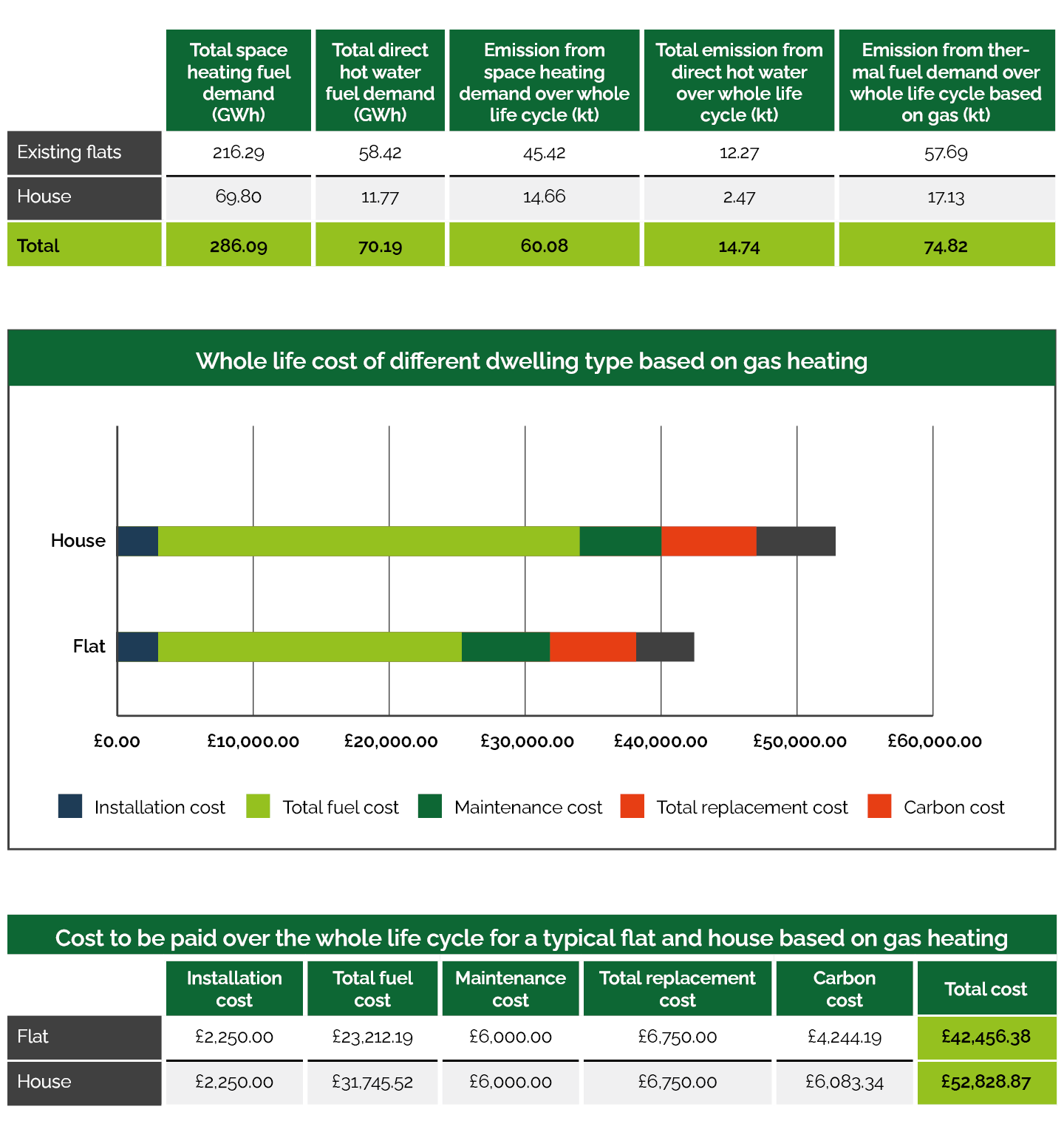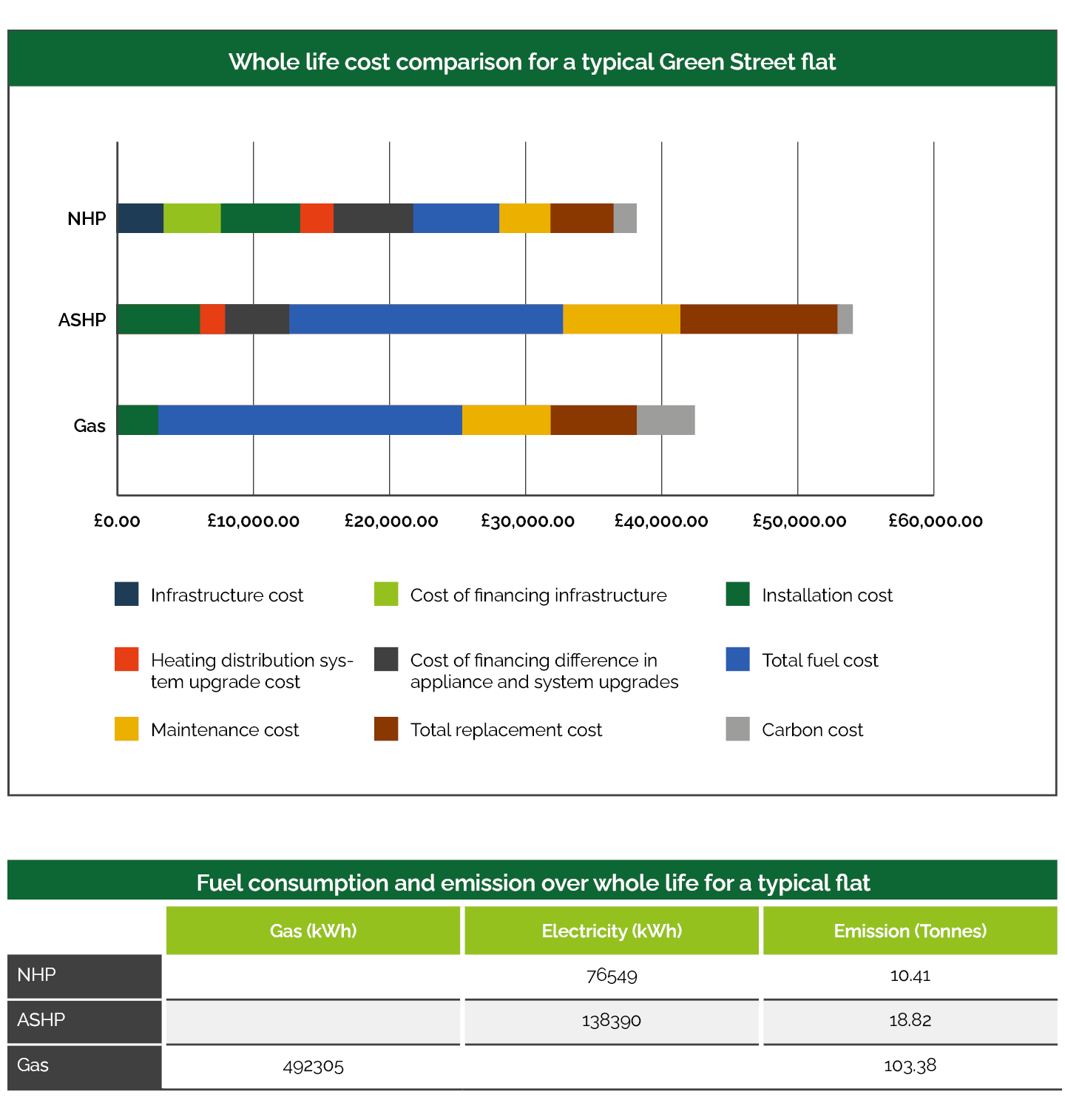Experience the greening of Green Street
The lowest cost heat decarbonisation pathway is in your hands.
The greening of Green Street augmented reality experience conceptualises and brings to life Kensa’s vision for the decarbonisation of heat in a real-life urban community in Glasgow, called Green Street!
Discover how an integrated approach using networked ground source heat pumps can deliver community-wide sustainable heating and cooling. A ‘green print’ for every street in the UK to accelerate progress on climate change through the lowest carbon, cost and electrical grid impact solution.
Securing a comfortable future
The electrification of heat will allow consumers to enjoy the same comfort levels and warmth as traditional heating systems, whilst being kind to the planet, and their pocket.
Achieving net zero at the lowest cost
By installing and funding the deployment of networked heat pumps via an infrastructure that mimics the gas network, net-zero carbon can be achieved for the lowest societal cost and significantly less investment than you think.
Connecting real communities to COP26
Modelled on the real Green Street just 2.5 miles from the COP26 host venue, Kensa’s Green Street experience provides a demonstrable local solution to deliver Scotland’s heat decarbonisation ambitions in line with COP26 goals, and a ‘street map’ for others to follow; any street, can be a Green Street.













